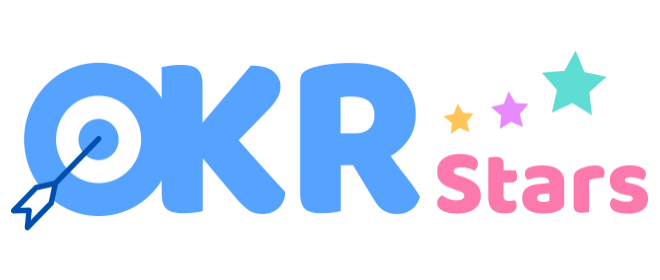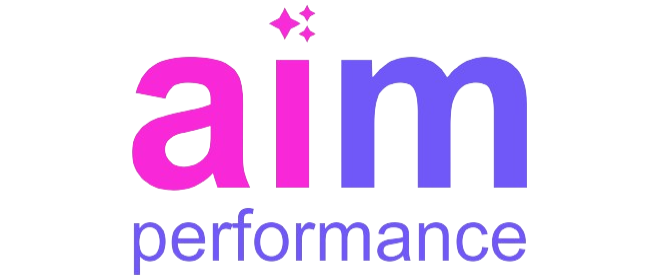Introduction: The Role of Open Communication in Modern Workplaces
In today’s dynamic workplace, open communication is a pillar for collaboration and success. Whether you’re managing white collar, grey collar, or blue collar employees, fostering an environment where communication flows freely can enhance productivity, satisfaction, and innovation. Performance management systems offer a structured approach to improve communication channels, bridging the gap between different roles and levels of the workforce.
In this blog, we will explore how performance management helps in promoting open communication for white, grey, and blue collar workforces. We will delve into its impact, the challenges it addresses, and the long-term benefits it creates for organizations.
Building Trust Through Transparent Feedback
Open communication begins with trust, and trust is often cultivated through transparent feedback. Performance management systems ensure that feedback is not a one-way street from managers to employees but a two-way dialogue. This helps employees, regardless of their role—be it a white collar executive, grey collar technician, or blue collar laborer—feel valued and heard.
When feedback is structured and regular, employees are more likely to engage in honest conversations about their goals, challenges, and ideas. This transparency reduces misunderstandings and fosters a culture where communication is open and respectful. In turn, this open dialogue nurtures trust, leading to improved collaboration across different workforce segments.
Breaking Down Communication Silos Across Job Roles
A significant challenge many organizations face is the communication silos that exist between different workforce categories. White collar employees may communicate primarily through digital platforms, while grey and blue collar workforces may rely on in-person or shift-based communications. Performance management systems help bridge this gap by providing common communication frameworks that apply across all job roles.
By setting up a unified performance management system, companies can ensure that communication protocols are consistent across all levels of the organization. This consistency encourages a more integrated communication flow, breaking down barriers between different workforce groups and creating a more cohesive work environment.
Encouraging Regular Check-ins and Open Discussions
Performance management emphasizes regular check-ins and discussions as a part of the employee evaluation process. These check-ins provide opportunities for employees to voice concerns, share insights, and discuss their progress. When applied to all levels of the workforce, this practice ensures that communication is not limited to annual reviews but is a continuous process.
White collar employees can benefit from more strategic discussions, while grey and blue collar workforces can use these sessions to address operational concerns or suggest improvements. These open discussions foster a culture of continuous improvement, where communication is encouraged, and employee voices are heard regularly.
Enhancing Cross-functional Collaboration
Another advantage of performance management systems is their ability to enhance cross-functional collaboration. By promoting open communication, these systems encourage employees from different departments and roles to collaborate more effectively. White collar employees may need to work closely with grey and blue collar workforces to implement new strategies or initiatives, and open communication ensures that these collaborations are smooth and efficient.
Performance management can highlight the importance of teamwork, helping employees understand how their roles connect to broader organizational goals. This understanding encourages collaboration, where open communication is key to resolving challenges and driving success across the entire workforce.
Reducing Workplace Conflicts Through Open Communication
Workplace conflicts can arise due to miscommunication or misunderstandings. Performance management systems can play a crucial role in reducing these conflicts by promoting open dialogue. When employees feel comfortable communicating their concerns or frustrations, issues can be addressed early, preventing escalation.
For instance, white collar workforce may experience stress from deadlines, while blue collar employees might face safety concerns. By fostering open communication through performance management, managers can address these issues proactively, leading to a more harmonious workplace. This approach benefits not only employee morale but also organizational productivity.
Customizing Communication to Different Workforce Needs
Performance management systems allow companies to customize communication strategies to suit the needs of their diverse workforce. White collar employees may prefer digital tools for communication, while grey and blue collar workforces may value more direct, face-to-face interactions. By understanding these preferences, companies can tailor their performance management practices to ensure effective communication across all levels.
Customization ensures that each group’s communication style is respected, promoting open communication that feels natural and effective. This tailored approach strengthens relationships between employees and management, creating a more inclusive workplace where everyone’s voice is heard.
Facilitating Career Development Discussions
Open communication is also vital for career development. Performance management systems facilitate these discussions by providing a platform for employees to express their career aspirations and receive guidance on how to achieve them. Whether a white collar worker is looking to move into a leadership role or a blue collar employee wants to advance in their trade, performance management opens the door for these conversations.
These discussions help employees feel more connected to their career path, fostering a sense of loyalty and commitment. Open communication about career development also helps companies retain top talent across all levels of the workforce, leading to a more engaged and motivated team.
Boosting Employee Engagement Through Open Communication
Employee engagement is directly linked to how well employees feel they can communicate within their organization. Performance management systems help boost engagement by ensuring that communication is a priority. White, grey, and blue collar workforces all benefit from knowing that their opinions and concerns matter and that there are clear channels for expressing them.
When communication is open, employees are more likely to feel connected to their work and the organization’s mission. This sense of connection drives higher levels of engagement, resulting in improved performance and job satisfaction across the entire workforce.
Strengthening Leadership-Employee Relationships
Finally, open communication is critical to building strong relationships between leadership and employees. Performance management systems create opportunities for leaders to engage with their teams more openly and frequently. These interactions help build rapport and understanding, ensuring that employees feel supported and valued by their leaders.
Whether through formal performance reviews or informal check-ins, open communication facilitated by performance management strengthens the bond between leaders and their teams. This bond is essential for creating a positive work environment where employees of all levels feel empowered and appreciated.
Conclusion: Creating a Culture of Open Communication with Performance Management
In conclusion, performance management systems are powerful tools for promoting open communication within an organization. By fostering transparent feedback, reducing communication silos, encouraging regular check-ins, and enhancing cross-functional collaboration, these systems create a culture where communication thrives. This is beneficial for white collar, grey collar, and blue collar workforces alike, as it improves trust, engagement, and overall workplace satisfaction.











